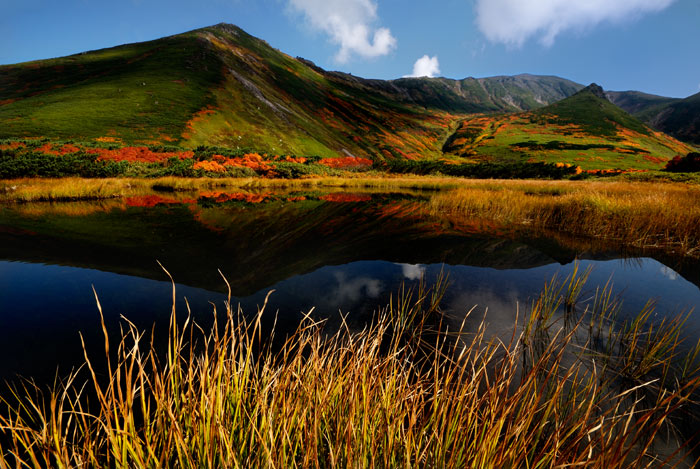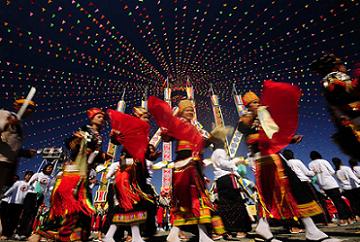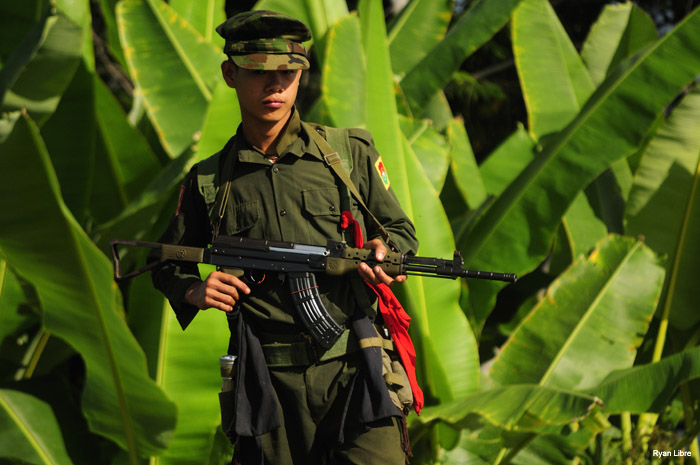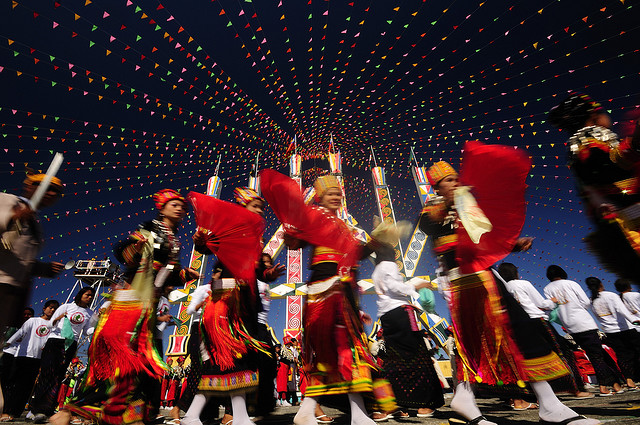1. Use a polarizer filter.

Daisetsuzan National Park in Hokkaido is the largest national park in Japan. All images courtesy Ryan Libre.
A polarizer filter takes away reflections when used at the right angles. By cutting out the reflection you can see the “true” colors. These colors can be more vivid than the human eye can see, but are very real. It especially works great on leaves, the sky, water, and skin tones.



